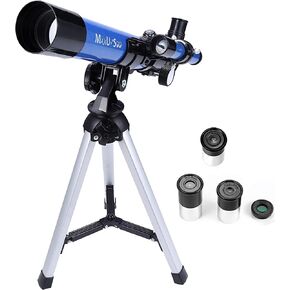- Shopping, made easy.
- /
- Get the app!
Package included:
Atoms:136
H-Hydrogen:40
C-Carbon:34
O-Oxygen:17
N-Nitrogen:10
S-Sulfur:6
F-Fluorine:6
Cl-Chlorine:6
Br-Bromine:3
I-Iodine:2
P-Phosphorus:8
Metal:4
Bonds:157
Short-Bond (used for scale model single bond):30
Medium-Bond (single, rigid):60
Medium-Bond (benzene double bond):10
Long-Bond (double/ triple, flexible):20
Long-Bond (double/ triple, flexible):18
V-Bond (for space-filling models):6
Overlength Bond:10
Electronic Cloud Slice:3
Fullerene Models Kits:
Carbon Atom:60
Bond:90
Disconnector Tool:1
ABS Box:1
Instructional Guide:1
With the 444PCS organic chemistry model kit,you can build models such as:alkanes,alkenes,alkynes,alky halides,alcohols,ethers,aldehydes,ketones,carboxylic acids,nitriles,amines,esters,aromatic compounds,heterocycliccompounds and more.
1.Ball-and-stick models
Ball-and-stick models use spheres to represent atoms and sticks to represent chemical bonds. The advantage of ball-and-stick models is that they show the correct angles between the bonds. However, the relative sizes of the spheres do not always match the relative sizes of the atoms they represent.
2.Space-filling models
In real molecules, however, the atoms touch each other. Both of these disadvantages are overcome with space-filling models. in which the spheres are drawn to scale and are next to one another as atoms are in real molecules. The disadvantage of space-filling models is that the bond angles between atoms may be hard to see.
3.Fullerene models
Fullerene is the third isomorphic body found in elemental carbon. The structure of fullerene is similar to the representative work of architect Fuller, so it is called fullerene.
 Kids Telescope 400x40mm with Tripod & Finder Scope, Portable Telescope for Kids & Beginners, Travel Telescope with 3 Magnification Eyepieces and Moon Mirror
KWD 14
Kids Telescope 400x40mm with Tripod & Finder Scope, Portable Telescope for Kids & Beginners, Travel Telescope with 3 Magnification Eyepieces and Moon Mirror
KWD 14
 Remo ET-7106-00 Kids Percussion Lollipop Drum, 6"
KWD 7
Remo ET-7106-00 Kids Percussion Lollipop Drum, 6"
KWD 7
 -6%
Baby Musical Learning Toys , Floor Piano Playmat for Toddlers with Animal Flash Cards Music Sound for Early Education Touch Keyboard Blanket Birthday for Baby Boys Girls
KWD 8
-6%
Baby Musical Learning Toys , Floor Piano Playmat for Toddlers with Animal Flash Cards Music Sound for Early Education Touch Keyboard Blanket Birthday for Baby Boys Girls
KWD 8
 Imagination Generation Illustrated Card Game| Develop Critical Thinking, Strategy & Problem Solving| Go Fish Matching Cards
KWD 2
Imagination Generation Illustrated Card Game| Develop Critical Thinking, Strategy & Problem Solving| Go Fish Matching Cards
KWD 2